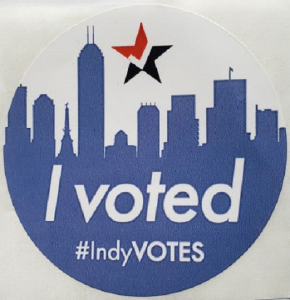
Don’t let talk radio convince you of a falsehood. There is a process that all states follow after the voting stops. It’s determined by a combination of state and national law. None of it says that counting must stop on Election Day.
The Congressional Research Service has an excellent pamphlet on this: The Electoral College: A 2020 Presidential Election Timeline.
Here is a key part of the story:
November 4-December 14, 2020: Counting Popular Votes and Filing Certificates of Ascertainment
Following election day, the states are to count and certify popular vote results according to their respective statutory and procedural requirements. When the states have completed their vote counts and ascertained the official results, the U.S. Code (3 U.S.C. §6) requires the state governors to prepare, “as soon as practicable,” documents known as Certificates of Ascertainment of the vote. The certificates must list the names of the electors chosen by the voters and the number of votes received in the popular election results, also the names of all losing candidates for elector, and the number of votes they received. Certificates of Ascertainment, which are often signed by state governors, must carry the seal of the state. One copy is forwarded to the Archivist of the United States, while six duplicates of the Certificate of Ascertainment must be provided to the electors by December 14, the date on which they meet.


